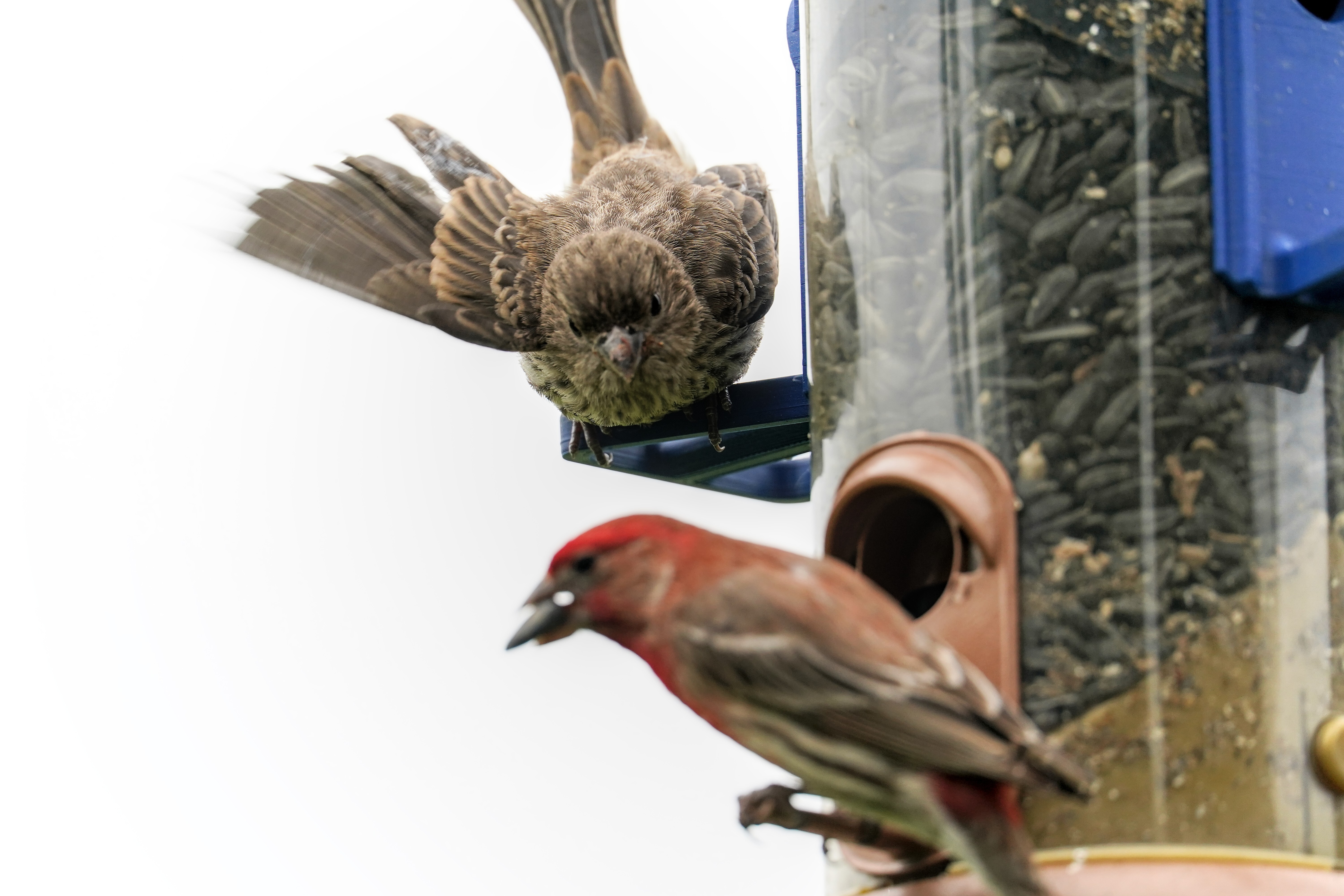this post was submitted on 24 Jul 2024
71 points (100.0% liked)
birding
3594 readers
24 users here now
A community for people who like birds, birdwatching and birding in general!
Feel free to share your photos and other birding-related content here. If a photo you post isn't yours, please credit the original creator! Additionally, it would be appreciated if the location of the sighting and a date were given when a photo or question is posted. You do not have to give the precise location, something like "Northern Idaho, June 2023" or even "North-Western US, June 2023" suffices.
founded 1 year ago
MODERATORS
you are viewing a single comment's thread
view the rest of the comments
view the rest of the comments

I think my question is one rooted in how close can you actually get, how much reach do you need, and how heavily are you cropping?
From my experience, if you want frame filling tack sharp photos you're likely pretty close. Does than mean that you observe a good place to station yourself and then spend a decent amount of time for birds to acclimate to your presence? Or is there something else going on?
Bear in mind that I'm not a pro and I'm a hobbyist with "entry-level" equipment that I bought more than 10 years ago, even though I started shooting birds the past year or so. I'm commenting to add the perspective of a person who just happens to casually photograph birds on weekends.
I mostly use a Nikon D3200 APS-C with a kit lens (18-200mm), but I've had a Sigma 18-300mm and a Tamron 150-600mm in the past.
First thing that might surprise you, I end up with way less keepers than a person with reliable autofocus and good low-light performance.
Second, you do need to get pretty close most of the time, regardless of reach, especially for small birds. Usually, I will take "safer" shots and approach the bird slowly, trying to achieve the frame that I want.
Here's an example of a "safer shot", straight out of camera (using the 18-200mm lens):
I could walk forward two more steps to improve framing, before I was limited by a creek in front of me,
The final shot, illustrating how much I usually crop
Using the same Barn Swallow location as an example, I know from experience that they perch there if I "come early" and wait standing still for long enough (~15 minutes). So that's what I did when I went there the other day, standing at the same spot, but using the Tamron 150-600mm instead. This time, I didn't have to crop, since I pre-framed my picture, knowing their approximate size and that they would be there sooner or later.
There are situations where you need to crop a bit more, especially for birds that are both small and fast.
It took me close to 30 minutes to take this photo (D3200 + 18-200mm), since the chipping sparrows were zipping around, so I had to patiently wait for one to be within reach. I took exactly 6 pictures, two steps, lay down on the ground, one shot, two steps, lay down on the ground, one shot, repeat. Until the bird flew away.
I would say 200mm on cropped (300mm full frame equivalent) is when you can start to get good pictures: challenging but doable. 300mm on cropped is fairly nice (450mm equivalent). I don't think there are crazy improvements from 450mm--600mm, since 450mm is already nice for larger birds like jays or blackbirds, and ~500mm may be too short to reliably capture some smaller songbirds. 800mm or so is the longest I've tried and IMO it would be very challenging to have good enough technique to pull it off beyond that.
Of course, a person with a high-resolution, low-light beast will be able to crop more aggressively than I do. Especially if they just post their pictures online, where basically anything at 2MP or so will do.
As someone just getting into photographing birds, I really appreciate this write up!
My pleasure. I'm looking forward to seeing your posts if you ever feel like sharing. If you have any questions, you can ask them here and I'd be happy to help!